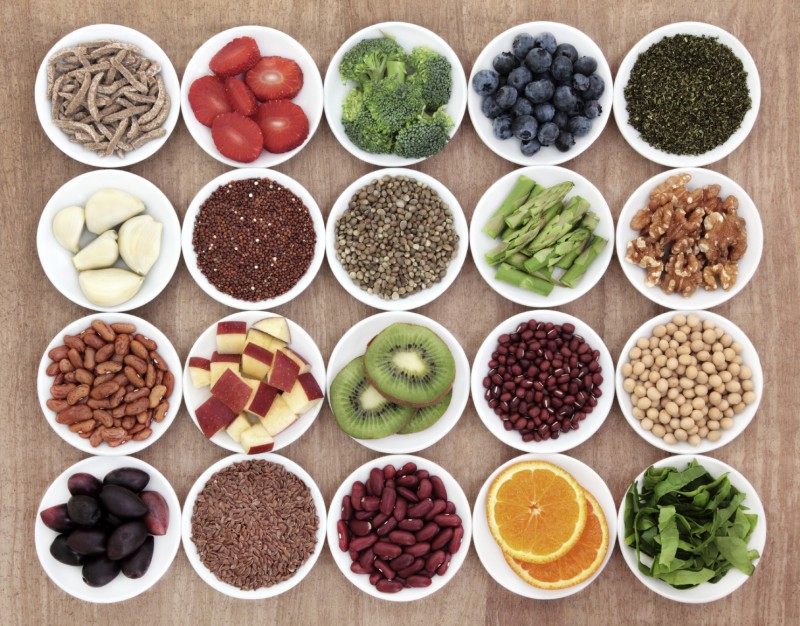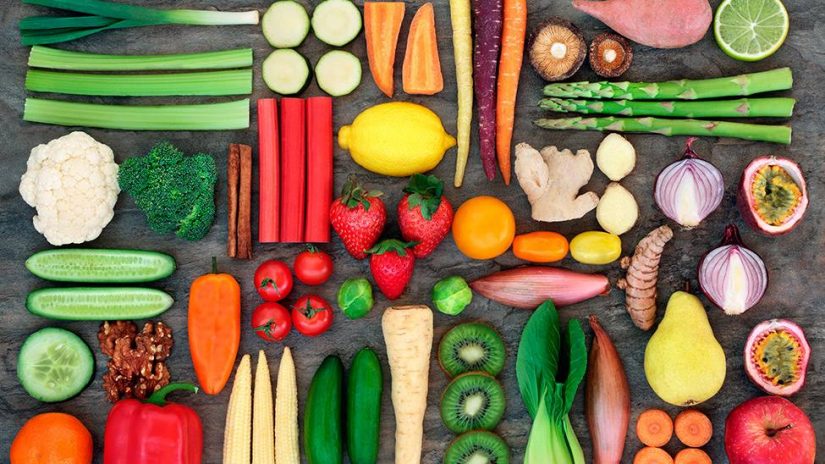But the truth is that fibers offer so many benefits that the ideal is to consume 25 to 38g of them every day.
Benefits of consuming high fiber foods
The main benefits offered by high fiber foods are:
– Accelerate intestinal transit, increase the volume of feces and facilitate its elimination, fighting constipation;
– As they are not absorbed by the body or digested, the fibers create a kind of gel in the stomach, causing a feeling of satiety and favoring weight loss;
– Collaborate so that the body only absorbs what is necessary, helping to regulate blood sugar levels;
– Fiber also decreases the absorption of fats and cholesterol in the intestine, decreasing cholesterol and triglyceride levels;
– Help to eliminate toxins and regulate the pH of the intestine;
– They serve as food for the good bacteria in the intestine, improve the health of the intestinal flora and decrease inflammation.
The differences between foods rich in soluble and insoluble fiber
The fibers can be soluble or insoluble and each of them has its own benefits, see below what they are.

Foods rich in soluble fiber
Soluble fibers are those that, as the name suggests, dissolve in water and form a gel that stays in the stomach and small intestine longer, increasing the feeling of satiety. This type of fiber is metabolized and fermented by the good bacteria in the intestine, improving the health of the intestinal flora and preventing gastrointestinal diseases. Soluble fibers also bind to fat and sugar from food in the intestine, causing them to be evacuated. This helps to control cholesterol and blood sugar. Various foods rich in soluble fiber can be easily found on a daily basis, see some examples below:
Oats, barley, chia, flaxseed, soy, apple, lemon, banana, orange, strawberry, carrot, sweet potato, peas, cauliflower, lentils and beans.
Foods rich in insoluble fiber
While soluble fibers stay longer in the intestine increasing the feeling of satiety, insoluble fibers accelerate intestinal transit. They are not diluted in water and their fermentation in the intestine is limited, this causes them to increase the volume of feces and act as a natural laxative. They are indicated to prevent problems such as constipation, hemorrhoids and other diseases related to the intestine This type of fiber also favors the elimination of toxins from the feces. Foods rich in insoluble fiber are usually whole grains, grains, vegetables, leafy vegetables and others. See some examples below:
Almonds in shell, peanuts, green olives, raisins, avocado, strawberry, tangerine, orange, banana, pear in shell, apple in shell, nuts and peach.

